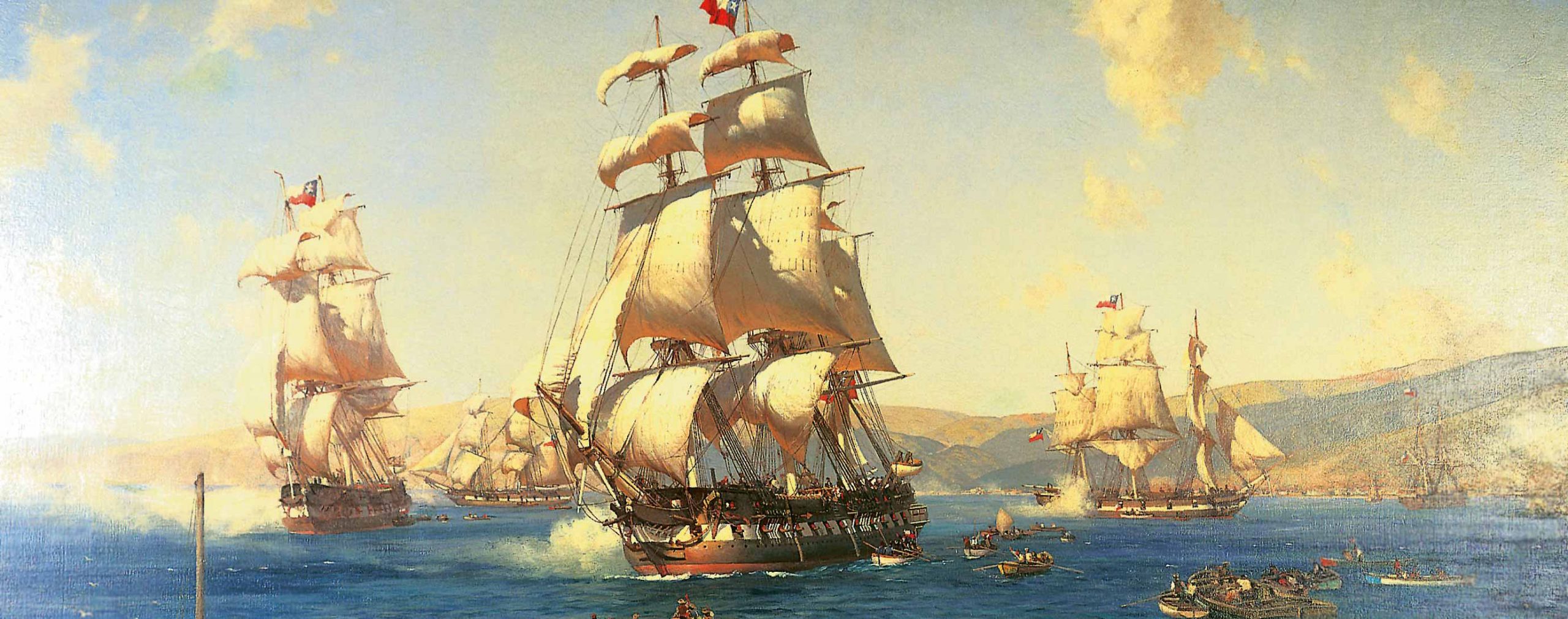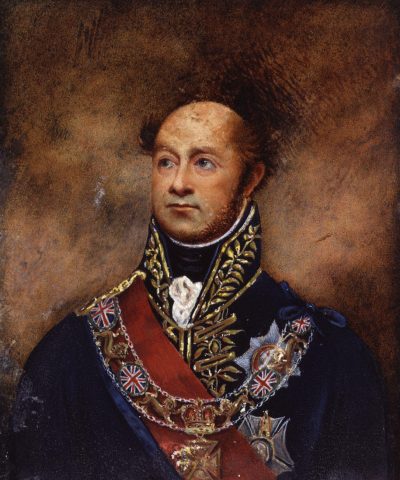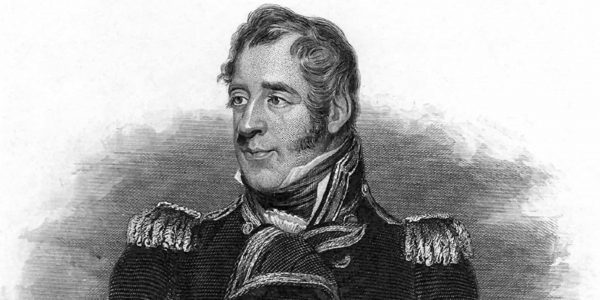Source:carlosdelriego
The main objective of the English in Hispanic America was to simply loot the continent. They never tried to found cities, administratively organize territories, build infrastructures, universities, hospitals … The sons of Great Britain considered those lands as a place to steal its wealth, unlike Spain, which considered them overseas provinces with as many rights as those of the Spanish metropolis (for example, when the Constitution of Cádiz in 1812 was proclaimed, Hispanic-American representatives were actively part of the redacting process)
Taking advantage of Spain’s weakness due to the Napoleonic invasion (and other events such as the Rafael del Riego uprising in 1820), England undertook a campaign of alliances with Creole Spanish Americans (but not with the Indians) who longed for independence, to be able to do and undo at will without being held accountable to the metropolis. Plentiful were the episodes in which the British sailors and soldiers, under the pretext of fighting Spain, joined the “liberators”, with the only intention of getting a slice of the cake. The reality is that their true intentions were to take away all the “public wealth” they could, which they often achieved thanks to the complicity or the ineptitude and laziness of those who proclaimed themselves the new owners of those territories.
General William Carr Beresford was one of those Englishmen who in the 19th century embarked for South America exclusively looking for the looting. Framing his campaigns in what is known as “The English invasions”, Beresford attacked and took Buenos Aires in mid-1806 (he had tried before but failed) and, making his objective clear, as soon as he arrived he demanded that the public funds be handed over to him. The viceroy (the Spanish American territories were viceroyalties, not colonies) tried to hide the public treasure, but Beresford found it and took everything. The treasure (which included the result of the indiscriminate looting to which it subjected the city) arrived in London in September of that year aboard the ship H.M.S. Narcissus, and there it was displayed and paraded through the streets as spoils of war amid the jubilation of the population: dozens of chariots carried the bullion and the coins. It is estimated that Beresford carved around forty tons of gold and silver that belonged to the Royal Treasury of the Viceroyalty of La Plata (each viceroyalty had its own estate, its own public treasury that sustained its currency), that is, it was the patrimony of that province, its treasury. Unfortunately, it ended up in the Bank of England to, shortly after, be distributed; Clearly, Beresford did not want to take risks with his part, so of all that was consigned in Buenos Aires, only two-thirds arrived in London, “losing” the other third along the way. Of course, when they celebrated the taking of Buenos Aires in London, it had been back in Spanish hands weeks ago. Several times Britain tried to take the territory and as many it was defeated. But they had already taken what he wanted: the gold.
Another episode that shows the British pillage, which only saw the Hispanic America in the shape of the symbol of the pound sterling, was starred by a sailor named Thomas Cochrane, who had been expelled from the English army for being talkative, haughty, defiant, loudmouth, ambitious …, So he offered his services as a mercenary to some of the Creoles who planned to dissociate themselves from Spain. In 1821 General San Martín (“liberator”, he claimed) feared that the gold and silver reserves of the Royal Treasury of the Viceroyalty of Peru (as well as private fortunes and funds) would fall into the hands of the Spanish army if Lima was re-taken, so he had the great idea of taking everything out of the Casa de la Moneda and putting it in three ships, La Perla, La Jerezana and La Luisa. Cochrane had no problem attacking and taking command of those three ships, transferring the treasure to the O’Higgins and, logically, fleeing to London at full sail. It was no less than twenty tons of gold and silver in bullion and coins that Cochrane smashed in Peru and took to England.
One could continue to break down the true looting of South America: in 1822 the English ships took from Santa Fe de Bogotá (Colombia), bound for England, not less than twelve tons of gold; and the same happened in other areas of overseas Spain such as Guatemala or Mexico … And that’s not to mention piracy, a speciality in which the English proved to be true masters, always under the protection of the British crown.
In total, it has been estimated that the English looted in Spanish America the equivalent of two billion euros today!, which were destined to support the public finances of those viceroyalties (not to enrich Spain) and they were aimed to support the monetary stability of each one. In any case, they could not have taken the treasures without the complicity of the “liberators” such as Bolívar or San Martín. The result was disastrous for the incipient republics, as they were undercapitalized, and forced to become British commercial colonies: London was left with the trade monopoly, rights to exploit natural resources, a monopoly on loans in charge of banks and English financial companies with usurious interests …
The “liberators” did a bad deal, they broke with Spain and surrendered to England, and on top of that, they paid an unimaginable fortune for it. The consequences of that nonsense persist still two centuries later.
(With information taken from the book The Hispanic-American involution, from provinces of Spain to tributary territories, 2010, by the Argentine Julio Carlos González)
Share this article
On This Day
- 1528 Prince Felipe is sworn as heir to the Spanish kingdoms in Madrid.
- 1593 The city of San Salvador de Jujuy (Argentina) is founded by Francisco Argañaraz y Murguía.
- 1776 Battle of Lexington and Concord (United States).
History of Spain
26 August 2020
27 January 2021
Communism: Now and Then
23 December 2022
28 July 2021








